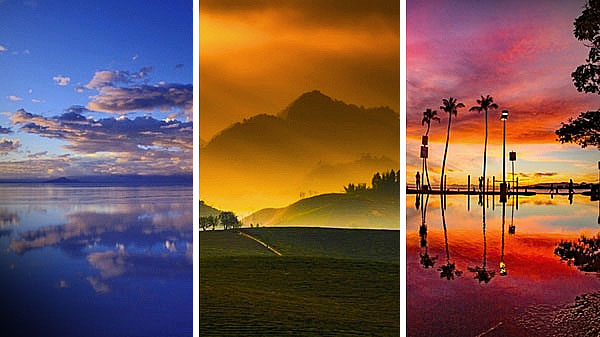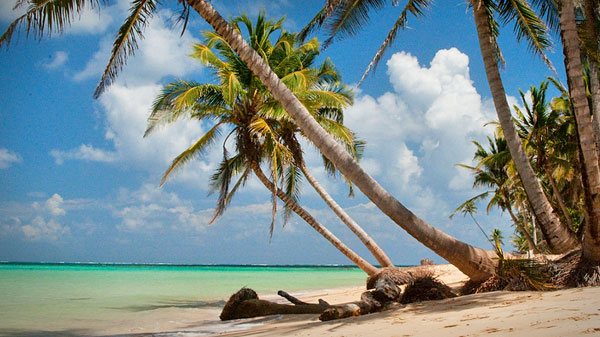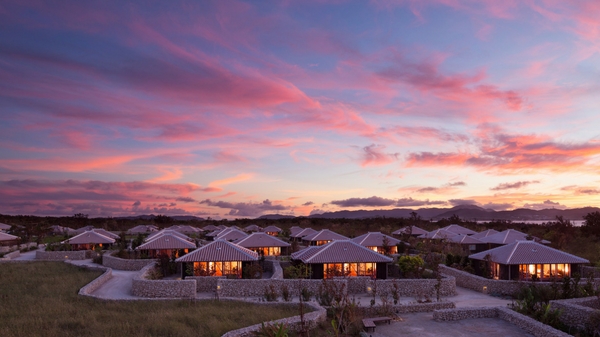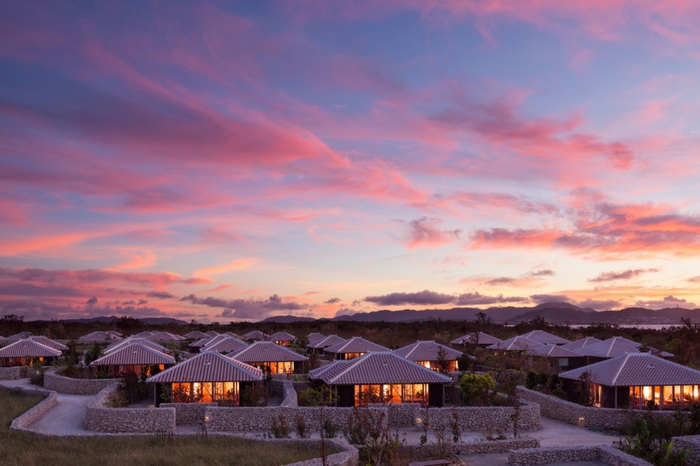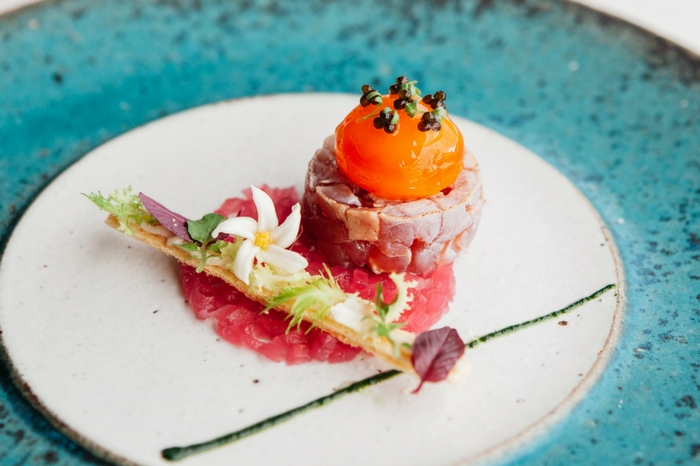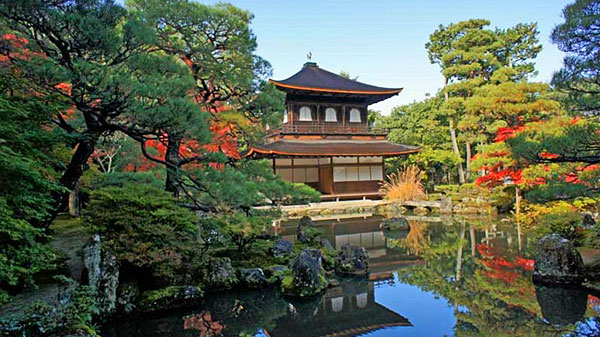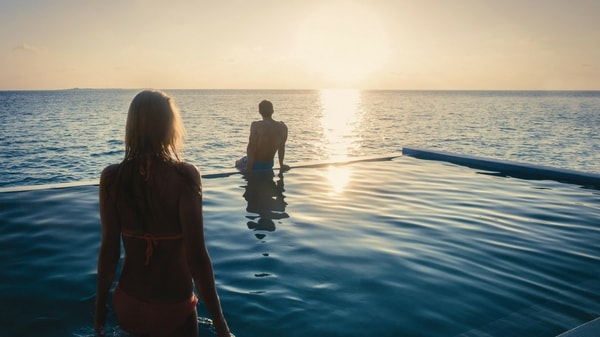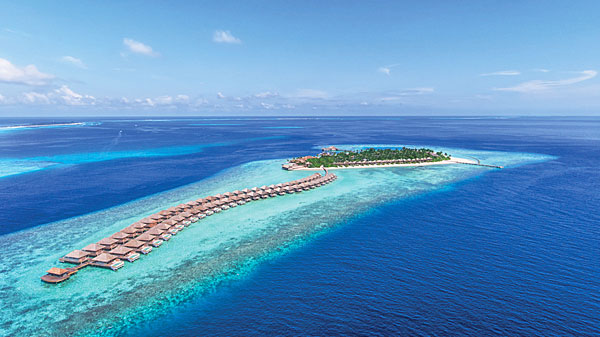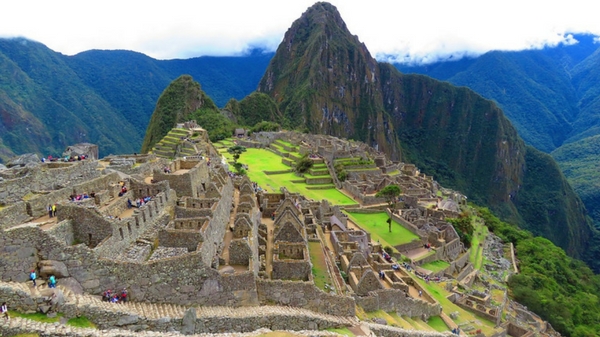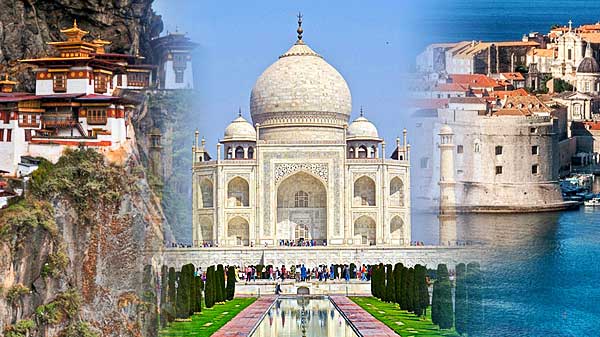Siem Reap is a land straight out of the history books, strewn with temples and ancient architecture that transports you to a lost – yet undoubtedly majestic – time, whose past glory still draws tourists from all corners of the world. But after visiting the must-see attractions, Angkor Wat, Angkor Thom, Ta Phrom, Banteay Srei and other such temples (read our full coverage here), if you feel a bit ‘templed out’, don’t be discouraged. There are hordes of things to do in Siem Reap above and beyond the customary temple run.

Trip to Kulen Mountain
Located about 40 kilometres northwest of Angkor Wat, Kulen Mountain – the most sacred of mountains in Cambodia – derives its name from the lychee trees that grow in abundance on its forested slopes. Spend the day taking a dip in the icy cool waterfall – it’s safe for kids as well – and exploring the meandering path of the pristine streams, where the riverbed is dotted with a 1000 lingas, which are a phallic representation of Hindu Lord Shiva.

Boat Ride on Tonle Sap Lake
Stretching for about 120kms on the outskirts of Siem Reap, Tonle Sap is not only one of the biggest lakes in South East Asia, it is also the backbone of the economy for the rural population that has grown up thronging its banks and that is heavily indebted to it for its sustenance. It is here that floating villages have mushroomed, complete with rudimentary fishermen’s cottages, quaint municipality buildings and bamboo bridges. Hire one of the many fishing boats that double up as tourist boats and float on this majestic lake to witness life at its grittiest.

Dinner at Cuisine Wat Damnak
Moving on from gritty to gourmet, no trip to Siem Reap is complete without a gastronomic experience at Cuisine Wat Damnak, which made it to the coveted Asia’s 50 Best Restaurants list back in 2015. Commonly hailed as Cambodia’s Best Restaurant, this quaint establishment is run by French chef Joannès Rivière, who brings together the very best of French and Khmer cuisine in a rather heartwarming artisanal style! To keep things interesting, Chef Rivière keeps changing the five- and six-course degustation menu every two weeks, so each visit is bound to be a surprise. Just one tip, remember to make reservations well in advance.

Quad Biking Across the Countryside
As the first glimpse from an airplane will testify, large stretches of Cambodia are covered in agricultural lands. Take the road less travelled and opt for a quad biking tour across the countryside dotted with paddy fields to experience rural living firsthand. There are plenty of biking options to choose from, depending on skill set and duration. Complete with safety briefings, helmets and facemasks, these tours are a less conventional way of exploring Siem Reap.

Pub Crawl at Pub Street
For a town steeped in history, Siem Reap is surprisingly modern when it comes to night life. Packed with lively bars, cocktail lounges, international restaurants and vibrant nightclubs that stay open (and busy) until 04:00 every day, Siem Reap’s Pub Street is quite the Mecca for late-night binge drinking. Grab some grub at Banana Leaf (try their crocodile burger if you are up for adventure), shift base to Angkor What? and finish off the night with injection drinks at Temple Club.
Text: Suchetana Mukhopadhyay








